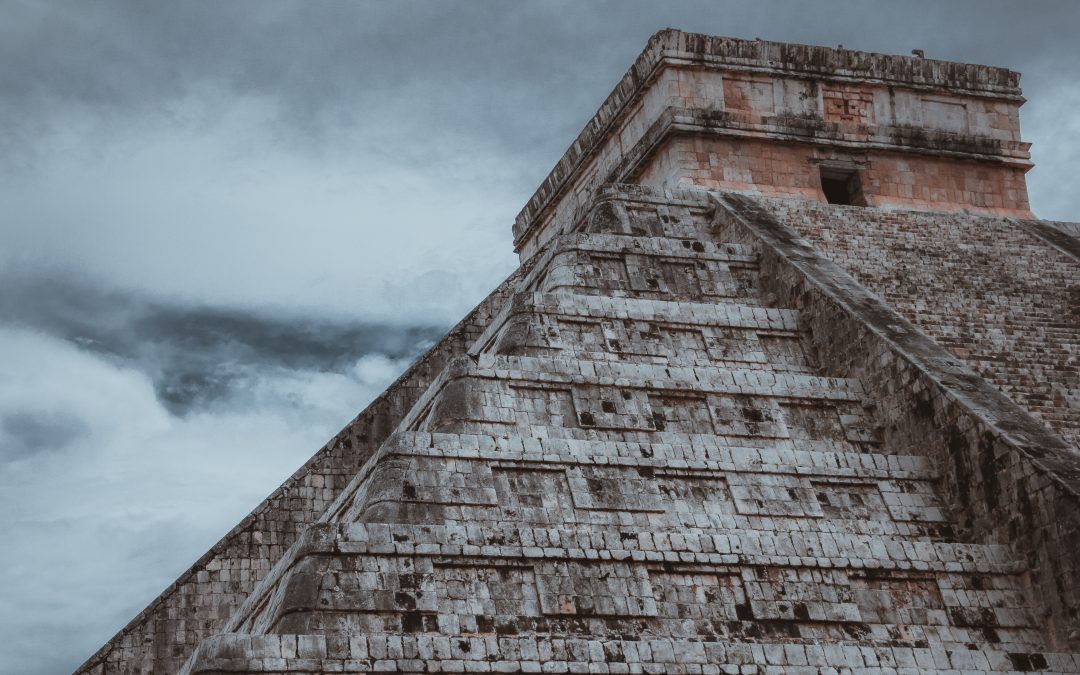Maize originated in Mexico about 9,000 years ago
Introduction
Maize is one of the world’s most important crops – responsible for roughly six percent of human calorie intake. Beyond human consumption it has a variety of uses, including for use as livestock feed, for fermentation for the American alcohol industry, and for production of plastics and ethanol. Globally, about a billion tons of maize is produced per year.
The history of maize is controversial, with scientists, historians and archaeologists proposing competing origin theories. One thing that is widely accepted is where maize comes from.
Latin origins
Most scientists agree that maize originated in central Mexico and was domesticated 7-9,000 years ago from a wild grass called teosinte. Teosinte looked nothing like modern maize, in particular due to its having smaller, fewer and more spaced out kernels, each surrounded by a tough casing. While it is descended from Teosinte, modern day corn, with its closely-packed kernels, does not exist in the wild and could not survive without human agricultural intervention.
Early farmers in Mexico domesticated Teosinte by selecting the biggest and best kernels until the crop we recognise today as maize was arrived at. Maize spread fast because it was nutritious, easy to grow, easy to store and easy to carry. Domesticated maize initially spread south down the coast to Peru and beyond, as well as across the North Americas, until eventually Native Americans continent-wide had adopted it as a vital part of their diet. Before long, it was a staple food across most cultures in North and South America and the Caribbean.
The Columbian Exchange
The Columbian Exchange is the colloquial name for the wide-ranging exchange of disease, food, ideas and people that happened between the ‘New World’ – the Americas – and the ‘Old World’ – Europe, Africa and Asia. It is so-named because it occurred in the 15th and 16th centuries, during the flurry of trade and colonization in the region that came in the aftermath of Christopher Columbus’s 1492 voyage. It was during this period that maize, along with three other crops that were subsequently to become vital staples in the Old World – potatoes, sweet potatoes and cassava – were brought to Europe. As well as these staples, a range of other foods came too, such as peanuts and pineapples and cocoa beans chilli peppers.

La Santa Trinidad – a Spanish galleon. Earlier versions of such ships were used by the first European voyagers to reach the Americas
When Europeans arrived in the Americas, maize was already being grown from Canada to Chile, although interestingly, very little was grown in the plains and savannahs of the central US and northern Argentina, areas which today are amongst the most productive agricultural areas in the world. This was because Native Americans practised slash and burn agriculture – which was not suitable for grassy areas.
While it is possible that previous pre-Columbian contacts between the Old and New Worlds did occur, and that maize was first transported to the Old World at an earlier date, there is little doubt amongst archaeologists and historians that the first effective introduction of maize to the Old World – after which the crop became widespread – didn’t happen until after Columbus. Maize seeds and the plants that had grown from them were described in 1493 by one Peter Martyr, and one of the first European illustrations of corn was published in Venice in 1534 in Oviedeo’s Sumario de la naturale historia (the Italian version).
Maize in Britain
Although maize has long been a significant crop on the European continent, it only became significant in the UK relatively recently, where it is mainly grown as food for livestock, and as game cover. Additionally, in recent decades the increasing trend for green power has driven farmers to use it as an energy crop for anaerobic digesters. The amount of maize grown in the UK has rocketed since the 1970s. In 1973 there was around 20,000 acres of maize being farmed in Britain, by 2016 this had reached 450,000 acres. And there is no sign of this growth slowing down.


Trackbacks/Pingbacks